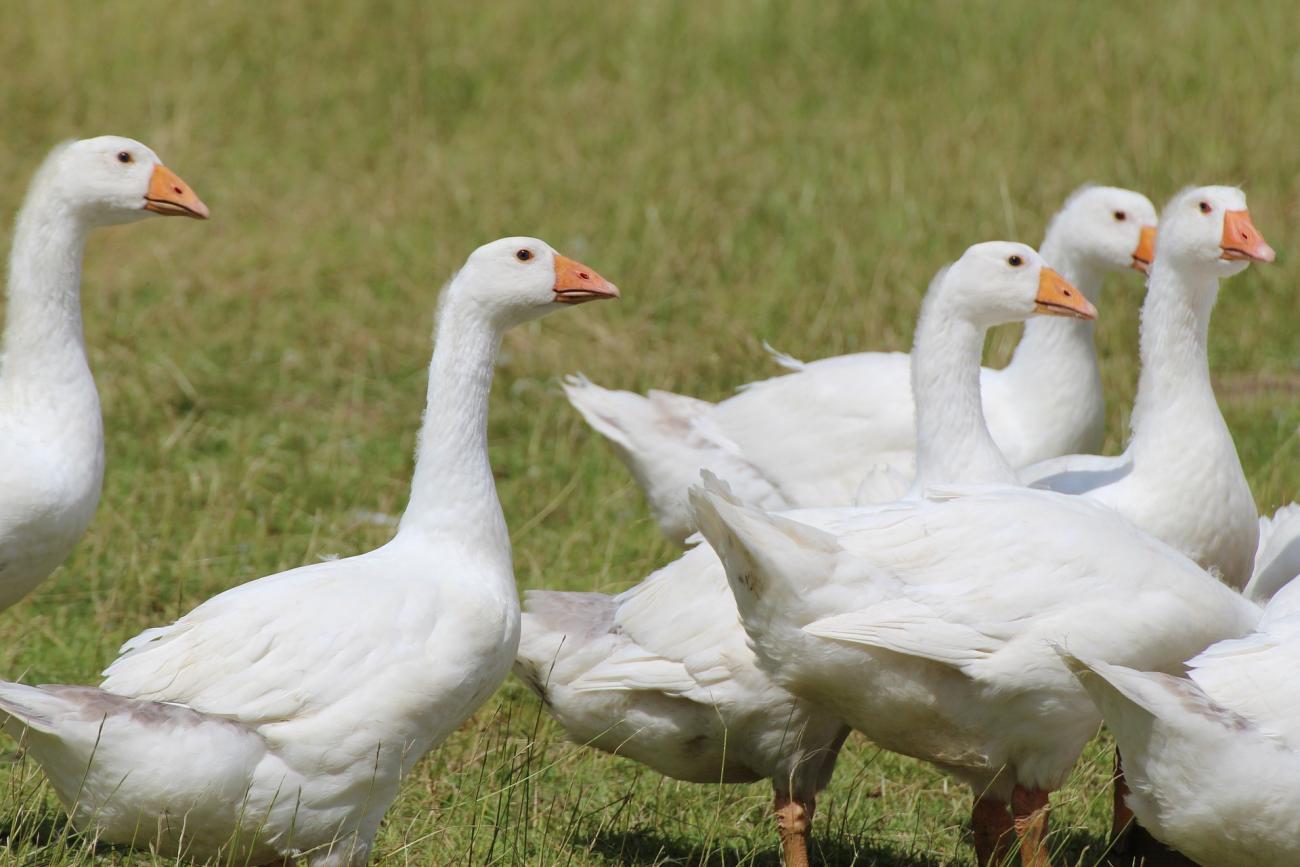
Novel strategies for Mycoplasma control
The annual goose meat production of the World is over 2.5 million tonnes and it is dominated by China (2.4 million tonnes). Mycoplasmosis is one of the main diseases of geese and the currently available only method to control it is antibiotic medication. However the imprudent use of antibiotics results in antibiotic resistance, which not only makes the control of the disease impossible but combined with bad biosecurity and hygienic conditions, present e.g. in China, creates multi-resistant superbugs threatening human life as well. The present project aims to develop novel control methods which could solve these problems and serve as model studies for other animal or human Mycoplasma infections. We plan to reach these aims while we answer the following questions: What are the antibiotic resistance coding regions and mutations in the genome of M. sp. 1220? Are there any other existing antibiotic resistance mechanisms (extracellular vesicles, efflux mechanisms, biofilm formation)? Is it possible to develop rapid, sensitive and cost-effective molecular methods to determine the antibiotic susceptibility of M. sp. 1220 isolates? Does M. sp. 1220 have any lysogenic/lytic prophages/bacteriophages which could be used as a post-antibiotic tool for the control of goose mycoplasmosis? Can we develop an effective Lactococcus based vector vaccine candidate for the prevention of M. sp. 1220 infection?
We will determine the genomic regions and mutations related to antibiotic resistance. The role of extracellular vesicles, efflux mechanisms, and biofilm formation will also be studied as a further novel direction of research. By targeting the mutations, methods allowing rapid and cost-effective molecular detection of the antibiotic susceptibility profile of M. sp. 1220 isolates will be developed. As the WHO intends to decrease the veterinary use of antimicrobials critically important for human medicine, there is a growing need for reliable and quick methods to detect antimicrobial susceptibility. As macrolides and fluoroquinolones are frequently used as an empirical choice for the management of mycoplasmoses in livestock in Europe, the individual susceptibility profile provided by the described methods will promote the use of less important antibacterials (e.g. tetracyclines and pleuromutilins) for this purpose, and it would contribute to the preservation of the critically important antibiotics. Novelty of our research will be the first detection and description of lysogenic prophage of M. sp. 1220 or even, the first description of a free-lytic phage associated to a Mycoplasma species. The discovered phage(s) or associated lytic proteins could be used for phage therapy and would have the potential to be used as an alternative to antibiotic treatment. The effort to develop an effective vaccine candidate is a “high-risk/high-gain” objective of the project. The oral administration of L. lactis (generally regarded as safe bacteria) based vaccines is a promising method to control mucosal infections (like M. sp. 1220 infection) because these vaccines could induce strong humoral and cellular immune responses both in the blood and at mucosal sites. Since the goose is a poorly studied species, we expect that besides the planned scientific results, we will also encounter several novel aspects of the species’ immunology and of disease pathogenesis as a side result of the project. First of all as stated above, the methods developed during this project could serve as examples for studies of other Mycoplasma or bacterial species (e.g. Lactococcus based vaccine against M. genitalium infection of humans).
Béla Dénes, NÉBIH ÁDI, Budapest